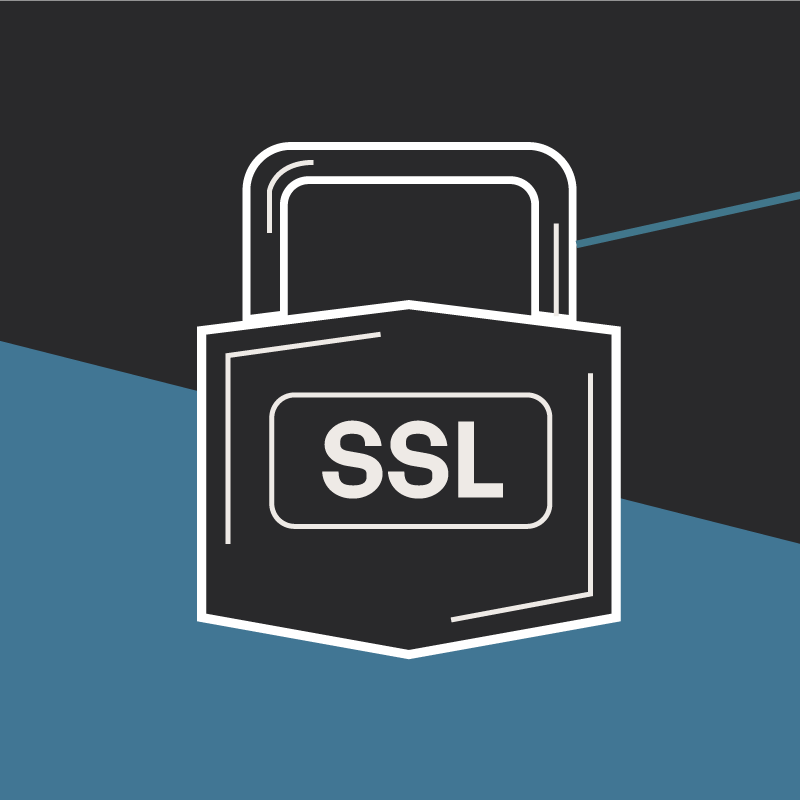3 Benefits that Load Balancing Provides for Your CMS Website
Ricardo Herrera#Hosting, #Hosting Insights

We look at how load balancing can improve a website's availability and performance.
Load balancing offers a simple solution to many problems, and although you may not think it is appropriate for you, we hope you’ll take a moment to consider what it could do.
Load balancing for CMS websites means having two or more instances of your site running on two or more servers. One can choose to load balance web servers, database servers, search servers, or any iteration of these. Here are some common scenarios in which load balancing can provide benefits to your server environment:
Availability
If you have determined that is important for your site to always be available, a load balanced solution will ensure that there is little to no downtime associated with hardware failures, operating system failures, and scheduled maintenance.
Having two or more servers available will allow your IT team to perform tasks on one server while ensuring that others remain online. It also means that if there is ever an issue or problem with a server, traffic can be sent to the other server while the faulty culprit is being replaced.
Performance
Site owners often notice that their site’s responsiveness degrades over time, or that their server will stop responding a few times each day. This may be happening because the site’s code needs some maintenance or because new hardware needs to be installed, but it also may be due to increases in the site’s traffic.
An easy solution to the issue of increased traffic would be to “balance the load” across multiple servers handling the requests. This way, requests can be sent to each server depending on the amount of requests currently on the server. Reducing the load on each individual server will increase performance for your site’s users, ensuring that they are able to use the site easily, even at times of high traffic.
SSL Offloading
When sites use HTTPS (and they should), an extra amount of processing needs to be performed by the web server in order to encrypt and decrypt the data. A load balancer can “offload” that processing to itself, allowing the web servers to use more resources towards serving requests. This will ensure that the extra security measures that HTTPS provides will not negatively affect your site’s performance.
If you are planning on upgrading your infrastructure, increasing performance, or just looking to minimize downtime, a load balanced solution might be just what you are looking for. Do you have any questions for us about how to implement load balancing? Do you want to know more about how to ensure that your site’s hosting environment is configured to provide the best experience for your site’s users? Please contact us to speak to a Solutions Engineer, and we’ll work with you to create the ideal environment for your site.
Related Posts

Why Do I Need an SSL Certificate?
Without understanding what an SSL Certificate is, it may be hard to realize why this is so important for your website. In this blog Diagram will cover both of these topics.

The 3 Main Types of SSL Certificates to Know
Learn about the 3 main types of SSL certificates to help you decide which one is best for your business.
Results Matter.
We design creative digital solutions that grow your business, strengthen your brand and engage your audience. Our team blends creativity with insights, analytics and technology to deliver beauty, function, accessibility and most of all, ROI. Do you have a project you want to discuss?
Like what you read?
Subscribe to our blog "Diagram Views" for the latest trends in web design, inbound marketing and mobile strategy.
